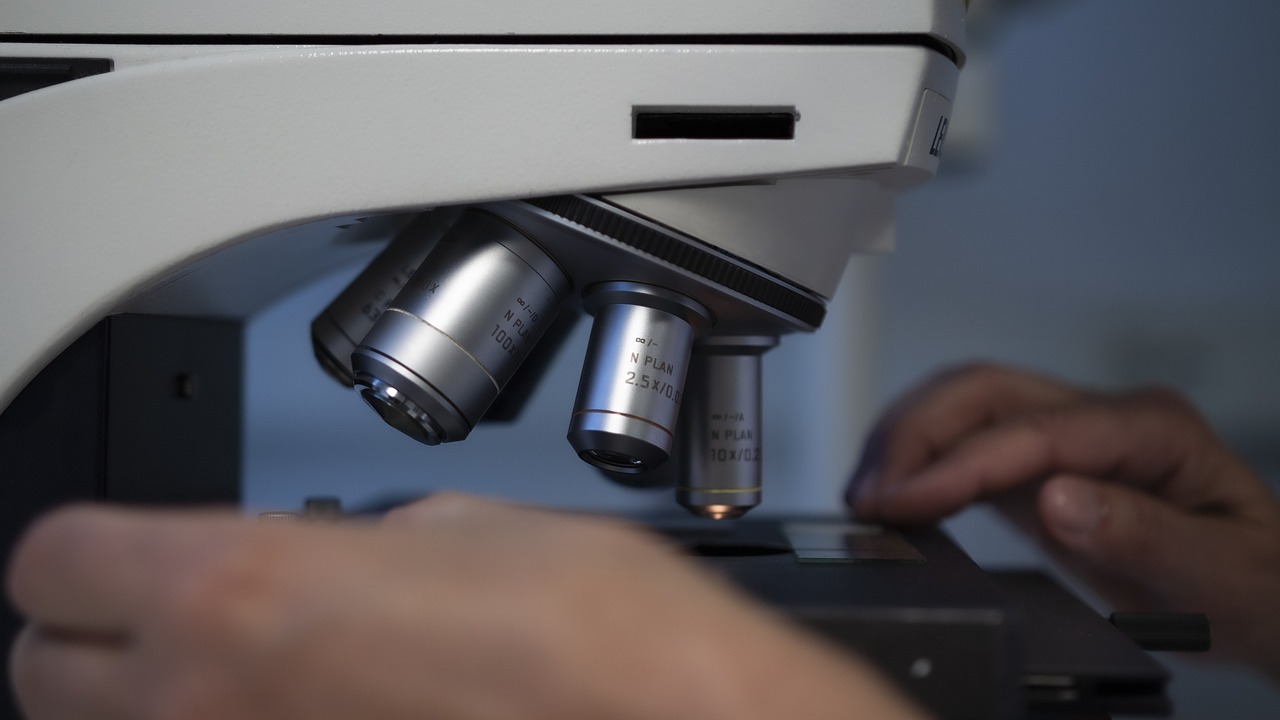-
-
Building 5,18 Yueluo Road, Yuepu Town, Baoshan District, Shanghai, China
Call Anytime
+86 131 2053 3622Uses of di-tert-butyl dicarbonate and how to deal with it after contact
Di-tert-butyl dicarbonate (Diboc) is a new type of amino protective agent. It is used to introduce tert-butyloxycarbonyl (BOC) protective agent in organic synthesis. It is particularly suitable for amino protection of amino acids, so its scope of use is very wide. So what are its specific uses? How is it made? I believe that many people still don’t know it very well. The following editor will introduce it to you.
Uses of di-tert-butyl dicarbonate:
Compared with traditional protective agents (such as benzyl chloroformate, chloroformic acid-P-fluorene formic acid, etc.), di-tert-butyl dicarbonate is safer, more economical, more efficient and easier to control. It is currently widely used in the synthesis of various products such as medicine, protein and peptide synthesis, biochemistry, food, cosmetics, etc.
In terms of safety, to synthesize a compound identical to a natural peptide, various optically active amino acids must be connected in a certain order into a peptide chain of a certain length. When it is necessary to combine the carboxyl group of one amino acid with the amino group of another amino acid, it is necessary to prevent the same amino acid molecules from combining with each other.
Therefore, during the synthesis, some amino or carboxyl groups must be protected so that the reaction can proceed in the required manner. Di-tert-butyl dicarbonate plays the best role in this regard.
In addition, the finished product of di-tert-butyl dicarbonate has no strong irritating taste and is not toxic to the human body, but direct contact with the skin can cause skin allergies and requires washing with water. Moreover, when using this product to synthesize polypeptides, the removal conditions of the protective gene are mild and the separation and purification of the reaction product are easier than using other types of amino acid protective agents.
From an economic point of view, in recent years, with the innovation of the preparation method and technology of di-tert-butyl dicarbonate, the process of this product has been facilitated, thereby greatly reducing the product cost and the market price has also dropped to a very low level.
How to deal with di-tert-butyl dicarbonate after contact:
Eyes: Immediately rinse the eyes with plenty of water for at least 20 minutes. If necessary, pull the upper and lower eyelids apart to ensure that they are rinsed clean; if there are persistent irritation symptoms, seek medical attention immediately.
Skin: Immediately remove contaminated clothing and rinse with plenty of running water for at least 20 minutes; if irritation symptoms continue to develop, seek medical attention immediately.
Ingestion: Seek help from the acute toxicity control agency immediately; if the person is unconscious, do not give anything by mouth; do not use vomiting measures unless instructed by medical personnel; seek medical attention.
Inhalation: Leave the scene quickly to fresh air. If breathing stops, perform artificial respiration immediately; if breathing is difficult, give oxygen; seek medical attention immediately.





